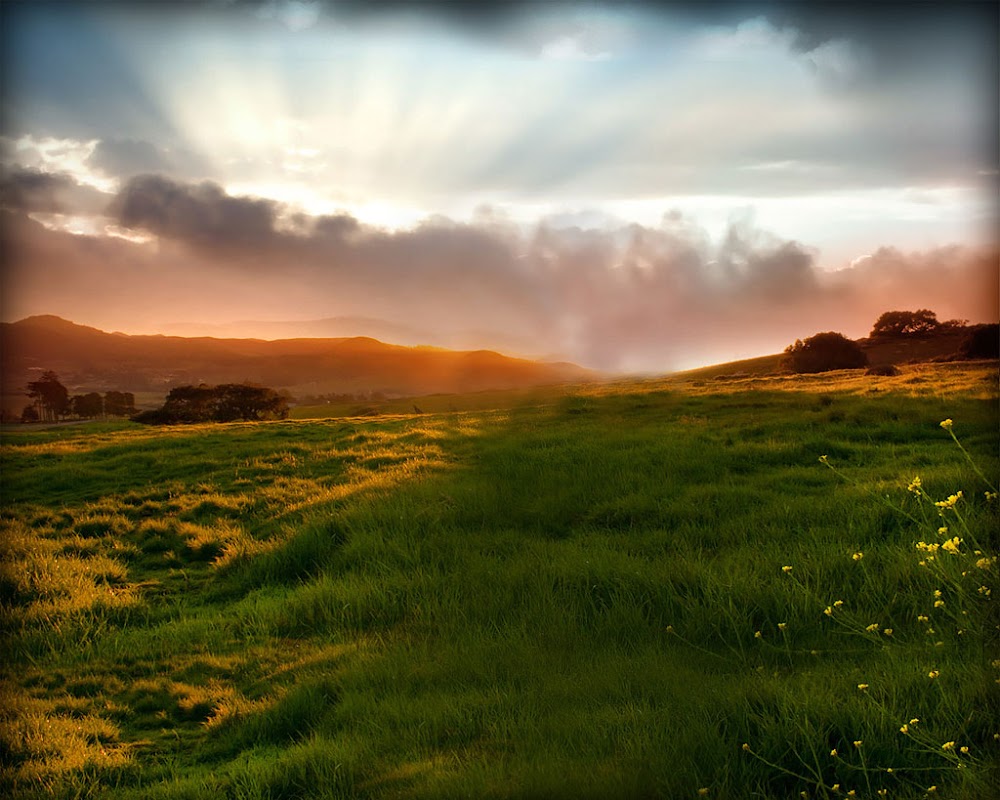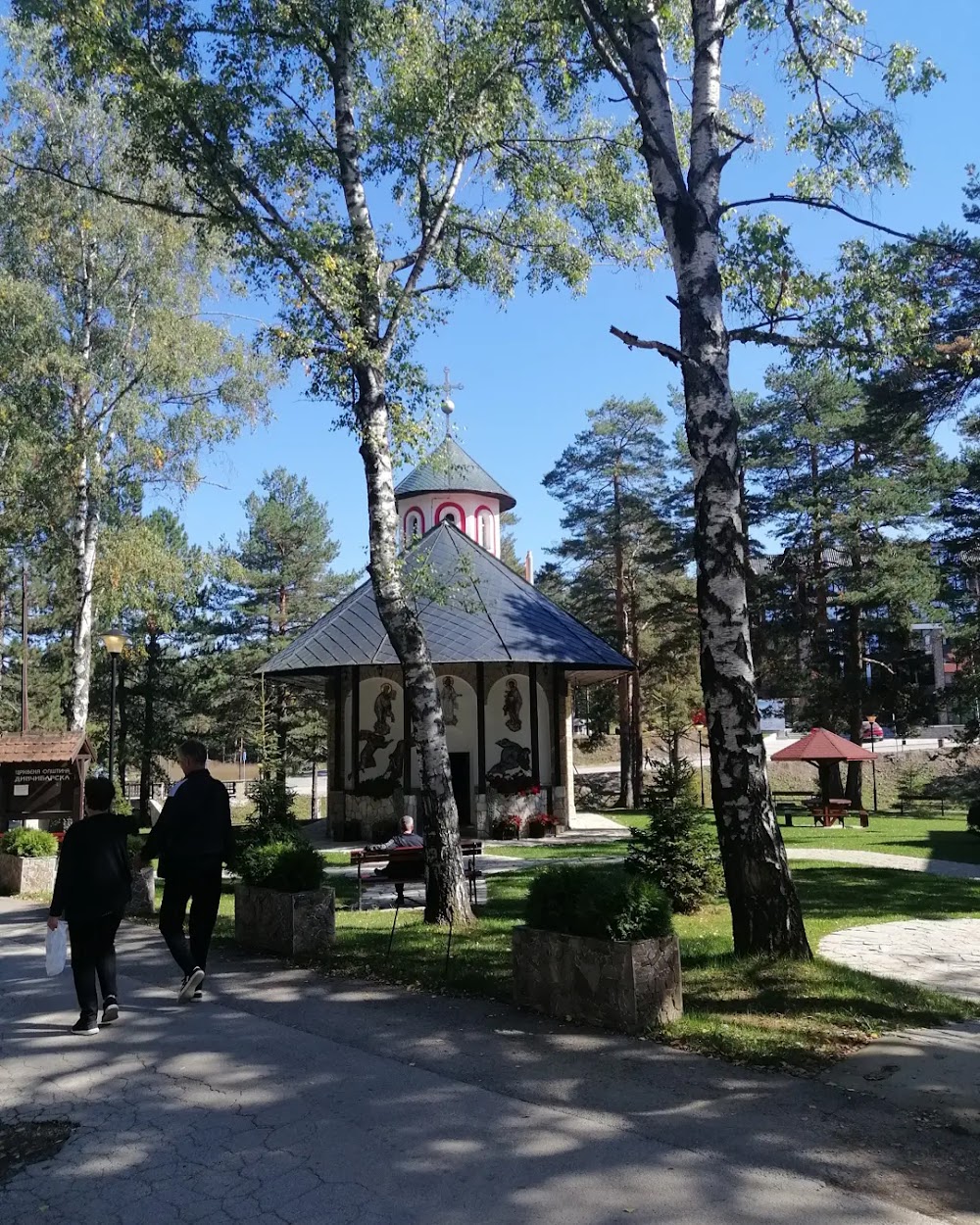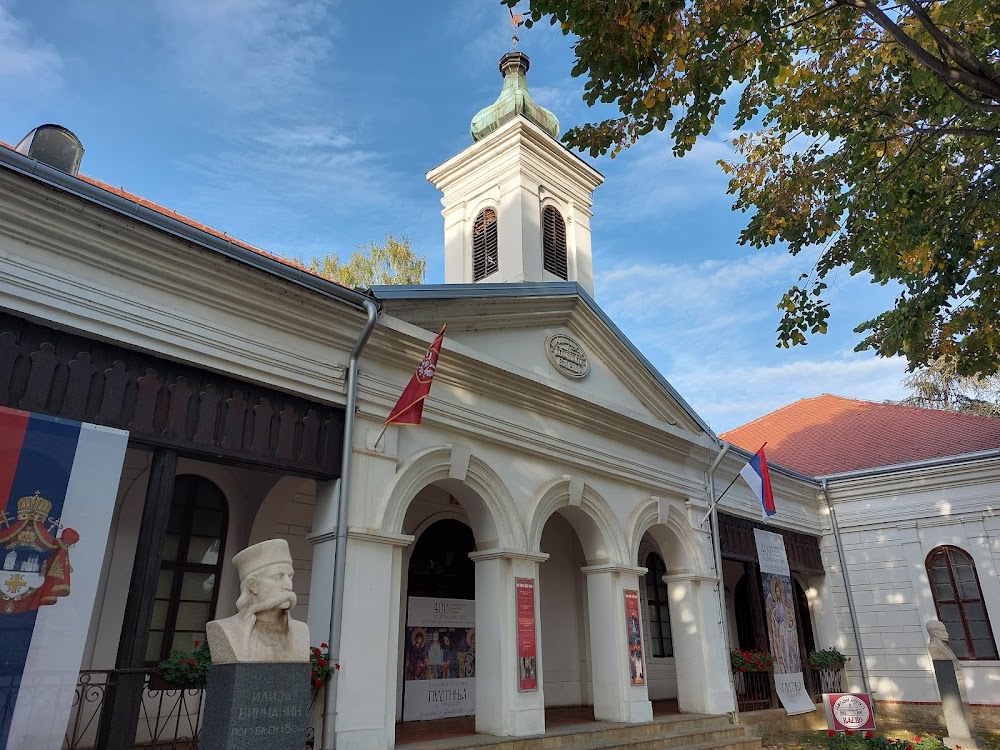Brankovina (Бранковина)
Related Places
Overview
Brankovina is a charming and historically rich village nestled in the Kolubara District of Serbia. This quaint destination is a hidden gem, surrounded by rolling hills and lush landscapes, offering visitors a unique glimpse into the cultural and historical significance of the region.
The history of Brankovina is intricately woven into the fabric of Serbian heritage. Named after the prominent Branković family, the village has been referenced in historical documents since the 18th century, although it’s believed to have existed long before that. Brankovina has played a pivotal role in Serbian history, especially during times of national struggle and enlightenment, making it a site of profound historical importance.
One of the village's most remarkable aspects is its educational heritage. Brankovina is famously linked to the esteemed poet and educator, Vuk Stefanović Karadžić, a key figure in the Serbian cultural revival of the 19th century. Karadžić's reforms of the Serbian language, standardization of the Cyrillic script, and compilation of the first Serbian dictionary laid the groundwork for modern Serbian literacy and education. His influence is palpable in Brankovina, where his legacy continues to thrive.
As you wander through Brankovina, you'll discover that the village resembles an open-air museum. Numerous historic buildings have been meticulously preserved and restored, showcasing traditional Serbian architecture and lifestyle. Notable sites include the old school where Karadžić studied, now a museum dedicated to his life and contributions, and the Church of the Holy Trinity, constructed in 1830, which highlights the region's rich religious and architectural heritage.
The construction of Brankovina's significant buildings reflects traditional methods unique to Serbian rural architecture. Built primarily from locally sourced materials like wood and stone, these structures echo the community's harmonious relationship with the natural environment. Visitors can admire distinctive features such as steeply pitched roofs, wooden beams, and intricate carvings, showcasing the exceptional craftsmanship of local artisans.
Adding to its cultural vibrancy, Brankovina was once enriched by the presence of a Serbian Orthodox Monastery. This monastery provided spiritual guidance and education to the surrounding communities and housed a significant library of manuscripts and books, making it an invaluable resource for scholars and students alike.
Historically, daily life in Brankovina revolved around agriculture and craftsmanship. The fertile lands of the Kolubara District supported farming as a primary occupation, with residents growing various crops and raising livestock. Surplus produce found its way to nearby markets, while traditional crafts such as pottery, weaving, and woodworking flourished. These artisanal skills were often passed down through generations, ensuring the preservation of cultural heritage.
Today, Brankovina retains its serene and idyllic charm and has become a popular destination for travelers seeking to immerse themselves in its historical ambiance. Visitors can explore the open-air museum, visit the school and church, and stroll along picturesque paths that meander through the village and its surrounding countryside.
Brankovina is more than just a collection of historical buildings; it stands as a living testament to Serbian culture and history. The village serves as a reminder of the country’s resilience and commitment to preserving its heritage. With the ongoing efforts of the local community and national heritage organizations, Brankovina continues to be a place where the past is cherished and kept alive for future generations to explore and appreciate.






